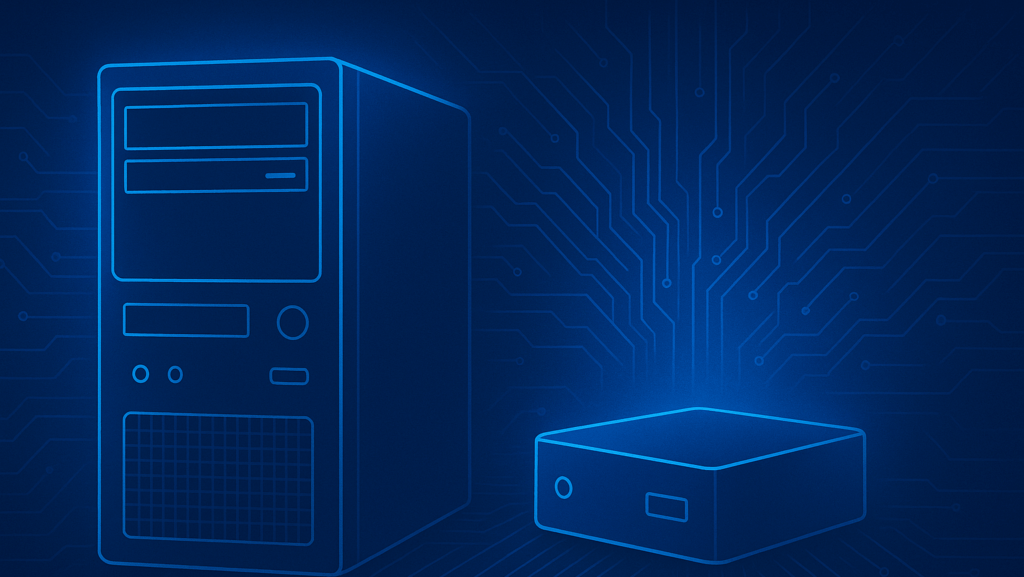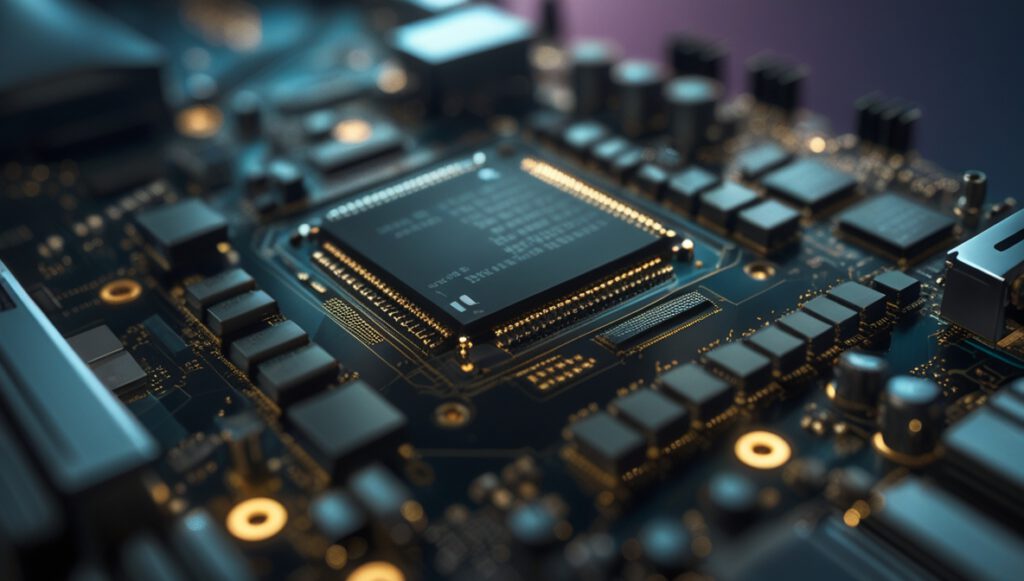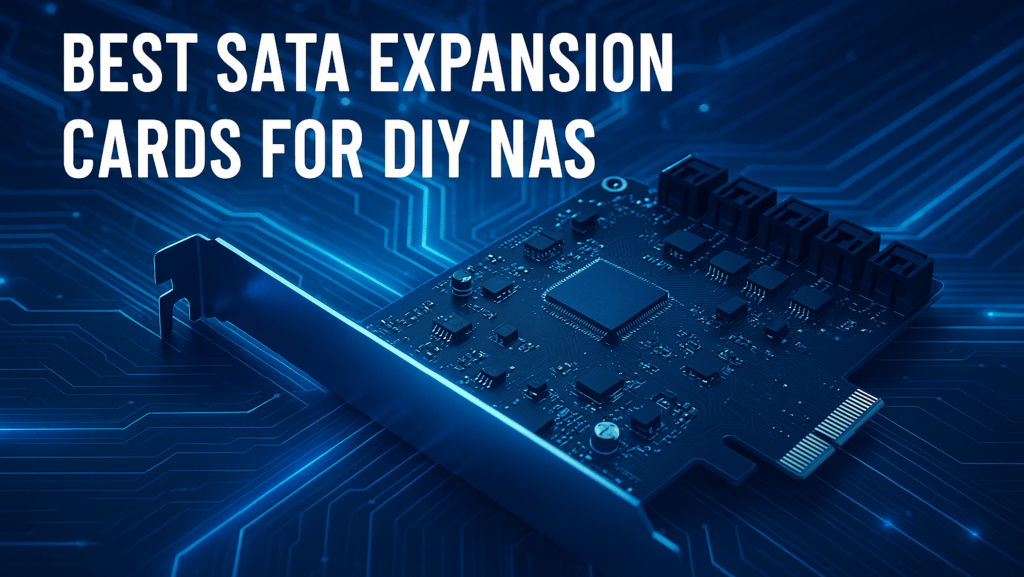If you’re planning to build a DIY NAS in 2025, it’s tempting to browse second-hand markets for older hardware like Intel’s 8th (Coffee Lake) or 9th Gen (Coffee Lake Refresh) CPUs. After all, those Core i5 and i7 processors still pack decent performance at first glance — and they’re cheap. But when it comes to building a NAS that’s future-proof, efficient, and flexible, these older platforms fall short in several key areas. Therefore you should avoid Intel 8th and 9th gen CPUs in your NAS.
Let’s break down why choosing an 8th or 9th Gen Intel CPU today means starting with one foot in the past.
LGA1151 Socket: A Dead-End Platform
Intel’s 8th and 9th Gen CPUs use the LGA1151 socket, which has effectively reached end-of-life. While there are plenty of used motherboards floating around, the biggest issue is upgradability — or lack thereof.
If you start with an i3-8100 today and later want more power or efficiency, your only upgrade path is a used 8th or 9th Gen i5 or i7 — CPUs that are already 6+ years old. There’s no path to newer chips, DDR5, or modern features without replacing the entire platform (CPU, motherboard, and RAM). That’s not an upgrade — that’s a full rebuild.
Contrast that with modern LGA1700 platforms: an entry-level 12th, 13th, or 14th Gen CPU can be swapped for a higher-end chip without changing your board or RAM. That’s real flexibility.
DDR4 Is Aging – DDR5 Is the Future
While some 8th/9th Gen boards still use DDR3 (especially small form factor prebuilt machines), most of them use DDR4. That’s fine — for now.
But DDR5 is already becoming mainstream. Prices have dropped significantly, and newer platforms support DDR5 memory with higher bandwidth, better power efficiency, and on-die ECC (Error Correction Code) — a valuable feature for data integrity in always-on systems like NAS devices. While DDR4 isn’t obsolete yet, building a NAS on a dead-end platform means you’ll never be able to take advantage of DDR5 without scrapping your current build.
If you care about long-term upgrades, DDR5 support should be on your checklist.
AV1 Decode Support: Missing in Action
If you plan to use your NAS as a media server, AV1 is the codec you want. It offers higher quality at lower bitrates — perfect for remote streaming or Plex libraries.
Unfortunately, Intel 8th and 9th Gen CPUs don’t support AV1 hardware decoding. That means your CPU will have to decode AV1 streams in software, putting more load on the system and using more power — or simply failing to play back high-bitrate content smoothly.
In contrast, Intel 12th Gen and newer (like the i3-13100 or i3-14100) and even low-power chips like the N100 support hardware AV1 decode out of the box.
Benchmark Tells The Truth: N100 vs. Old i5/i7
Let’s compare raw computing power. An older i5-8500 or i7-8700 can still hold its own in benchmarks, but even a low power N100 with its E-Cores can keep up.
Source: CPU-Monkey.com
Notice how the i3-14100 — despite being a low-end current-gen chip — outruns even the old i7-8700 in Cinebench scores. You’re getting better single-threaded and multi-threaded performance with lower power draw and a modern feature set.
Now consider idle power consumption, which is crucial for NAS builds. The N100 can idle at under 4 watts for the whole system with a good board. An old i7-8700 rig? Expect 20–40W idle, depending on the motherboard and PSU efficiency.
That’s a massive difference in power costs over time.
Old i7 vs New i3: Surprise Winner
Here’s the kicker: today’s entry-level CPUs are faster than yesterday’s flagships — and they’re more efficient too.
Take the i3-14100 (14th Gen, ~€120) vs. an old i7-8700 (used, ~€80–100):
- i3-14100: 4 P-cores, higher IPC, faster memory, AV1 decode, modern platform
- i7-8700: 6 older cores, no AV1, less efficient, dead-end platform
Despite fewer cores, the i3-14100 beats the i7-8700 in single-threaded workloads, and holds its own in multi-core tasks — all while sipping less power and running cooler.
Conclusion: Don’t Start with Yesterday’s Hardware
While 8th and 9th Gen Intel CPUs had their moment, they don’t make sense for a new NAS build today — not when you consider:
- Dead-end socket (LGA1151)
- No AV1 hardware decoding
- Older, less efficient DDR4 or DDR3 memory
- High idle power usage
- Lack of upgrade options
That said, if you already have compatible hardware lying around or can pick up a used PC with one of these CPUs very cheaply, it still is a perfectly valid starting point for a budget NAS. Reusing old hardware is not only cost-effective but also environmentally responsible. Just be aware of the limitations — and plan accordingly if your needs grow in the future. However, you should not invest heavily into tuning or upgrading such a system. LGA1151 is a dead-end platform, and any money spent beyond the basics is usually better put toward a modern, more efficient build.
Otherwise, consider modern options like our Cloudmaker Builds including state of the art hardware for future proof NAS appliances.
Your NAS deserves a platform that’s built for today — and tomorrow.
Ready for a Better NAS Build?
Explore our Golden Builds — carefully curated hardware configurations designed for energy efficiency, performance, and long-term reliability. Whether you’re building a basic file server or a powerful Plex machine, we’ve got you covered with future-ready components and real-world-tested setups.
Golden NAS Builds



